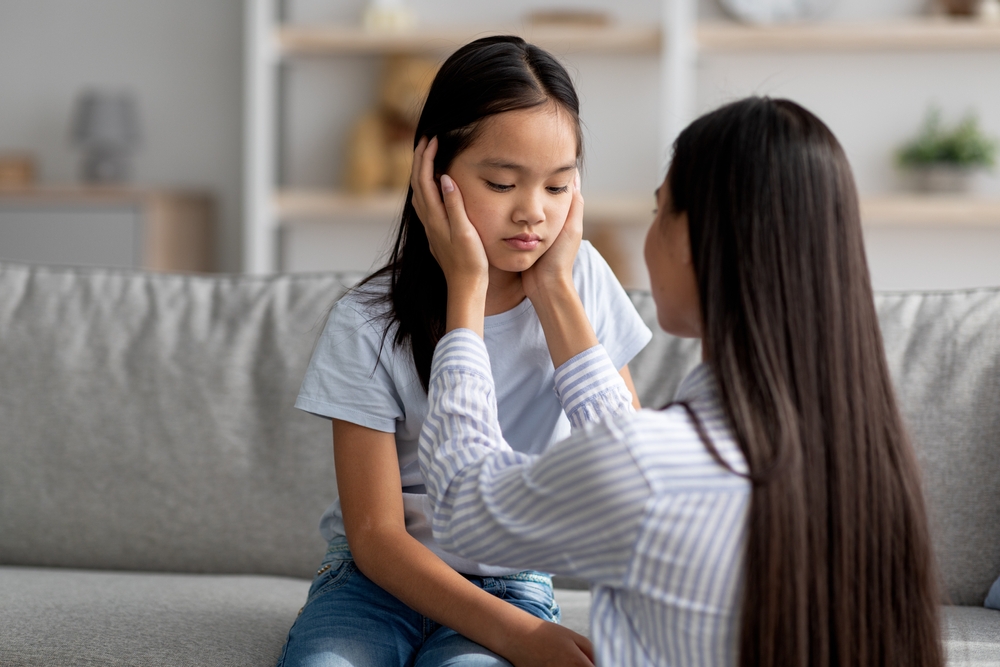
In today’s media-saturated world, children are increasingly exposed to news content, raising questions about its impact on their well-being and development. While staying informed is generally considered positive, there are valid concerns about how news consumption affects young minds.
One primary concern is the potentially distressing nature of news content. Media outlets often prioritize negative or sensational stories, which can lead to anxiety, fear, and a skewed perception of the world in children. Repeated exposure to reports of violence, natural disasters, or political conflicts may contribute to a sense of helplessness or pessimism about the future.
However, completely shielding children from news is neither practical nor necessarily beneficial. Age-appropriate exposure to current events can foster critical thinking, empathy, and civic engagement. It can help children understand the world beyond their immediate surroundings and develop an interest in global issues.
The key lies in how news is presented and contextualized for young audiences. Parents and educators play a crucial role in mediating children’s news consumption. This involves:
- Selecting age-appropriate news sources
- Discussing news stories to provide context and address concerns
- Encouraging critical thinking about media messages
- Balancing negative news with positive stories and examples of people making a difference
Many experts recommend a gradual introduction to news, starting with local events and positive stories before expanding to more complex global issues. This approach allows children to develop media literacy skills and emotional resilience over time.
It’s also important to consider the format of news consumption. Traditional print media or curated news programs for children often provide a more balanced and less sensationalized view compared to 24-hour news channels or social media feeds.
While there are challenges associated with children’s exposure to news, it doesn’t have to be inherently “bad news.” With proper guidance and a thoughtful approach, news can be a valuable tool for education and personal growth. The goal should be to inform and empower children, rather than overwhelm or frighten them.
Ultimately, helping children navigate the news landscape is about striking a balance – providing enough information to foster awareness and engagement, while also protecting their emotional well-being and maintaining a hopeful outlook on the world.




